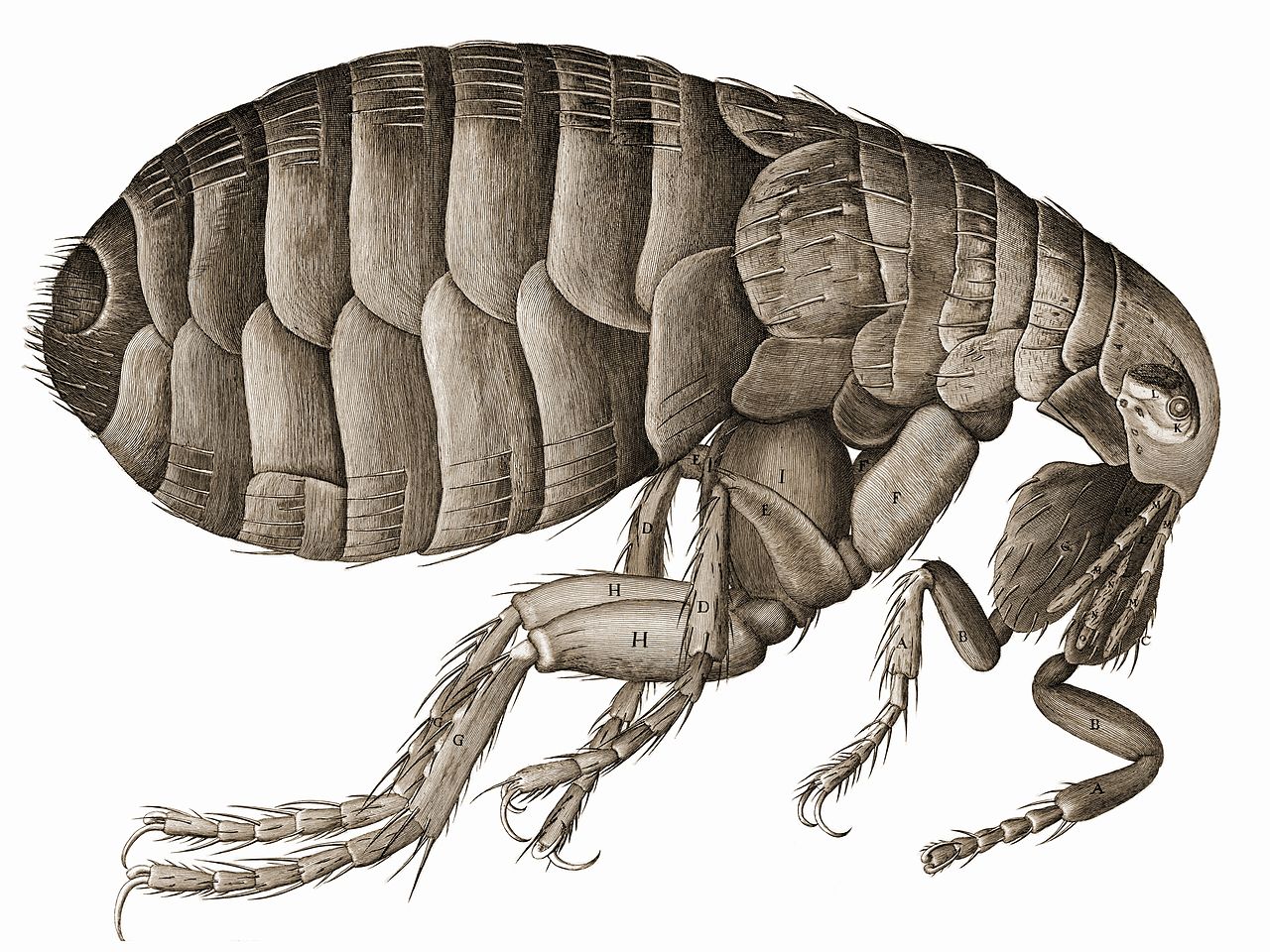Thank you to Karl Gaff for supplying the beautiful SEM image of stomata (x600 magnification) for this article. Karl is an imaging technician in Dublin and you can see more of his great work here.
What are stomata?
Stomata are microscopic pores found on the surface of leaves. They are more abundant on the underside of the leaf and they play a vital role in plant growth and survival. At the entrance to the stomata are two large cells called guard cells. These act as tiny gatekeepers – opening and closing to allow carbon dioxide (CO2) in, and oxygen and moisture out of the leaf. If you can recall from Biology 101, plants make their food using a process called photosynthesis. By taking energy from the sun, the plant is able to convert CO2 and water into sugars. For those of us who are feeling nostalgic, the equation for photosynthesis is 6CO2 + 6H2O-> C6H12O6 + 6O2. Six molecules of CO2 combine with six molecules of water (H2O), and produce a sugar molecule (C6H12O6) and six molecules of oxygen (O2). Luckily for us, those oxygen molecules are then released into the atmosphere via the open stomata.
What do stomata tell us about the environment?
Plants are an excellent way of detecting changes in both the local and the global atmosphere. Botanists and Environmental Scientists have long known that stomata are a particularly good indicator of environmental change. Plants are known to either increase or decrease the number of stomata on their leaves in relation to levels of CO2 in the atmosphere. In a stable environment, a plant will control the levels of CO2 by simply opening or closing its stomata. But if CO2 levels rise, the plant will grow leaves with fewer stomata. Fewer doors into the leaf means less CO2 can diffuse in. If, on the other hand, the environmental levels of CO2 drop, the plant will start to grow leaves with greater numbers of stomata. Thereby increasing its ability to gather CO2. There are other factors involved in this process, such as thickness of the cuticle, but the stomata are a good place to focus the objective.
Scientists have been able to image stomata in fossilised leaves. These studies have been able to show that plants have been responding to variations in environmental CO2 from very early in their evolution. Plants from the Jurassic period, for example, have significantly lower numbers of stomata than their contemporaries today. This indicates that CO2 levels were higher during that period then they are now.
Stomatas role in the environment
Plants produce oxygen and water vapour as by-products of photosynthesis, and these are relased back into the environment as part of the plants normal function. In hot conditions, plants increase the water vapour being released from their leaves to try to cool the plant – this is known as evapotranspiration. If this is done on a large scale, such as in a forest, there is a cooling effect on the local environment. Reduced number of stomata, means reduced water vapour release, and therefore reduced cooling.
A vital and surprising role of stomata is to control the levels of free water in the soil. Stomata play a vital roll in the flow of water through the plant. When the open stomata release water vapour out of the leaves, this reduces the amount of water in the leaf. This loss of water then draws water up through the plant using capillary action to replace what was lost. This rolling process pulls water from the soil into the roots and up through the plant. Without this ‘pulling upwards’, water is not taken out of the soil and becomes runoff, resulting in flooding.
How do we image stomata?
A simple sample preparation technique for examining stomata is the ‘leaf peel’. All that is required is some clear nail varnish and sticky tape. It is a non-destructive method of sample preparation as it can be done while the leaf is still on the plant. For this demonstration I took a leaf from a miniature rose Rosa chinensis minima. The benefit of doing a leaf peel from the microscopy point of view, is that the sample will be thin, and light will pass through it quite easily. This sample will also preserve over a longer period of time than an actual leaf, which is essential if you are doing comparative studies over time.
 1. Clear nail varnish is applied to the leaf surface and allowed to fully dry.
1. Clear nail varnish is applied to the leaf surface and allowed to fully dry.
 2. When dry, clear sticky tape is applied over the nail varnish. The tape is gently pressed down, to ensure there are no gaps or air bubbles trapped between the tape and the varnish surface.
2. When dry, clear sticky tape is applied over the nail varnish. The tape is gently pressed down, to ensure there are no gaps or air bubbles trapped between the tape and the varnish surface.
 3. The tape is gently peeled off, removing the varnish from the leaf. The tape is then smoothed onto a glass slide. This sample that I have prepared is not the best as there are lots of air bubbles under the tape. If you were preparing this for a study you would take more care.
3. The tape is gently peeled off, removing the varnish from the leaf. The tape is then smoothed onto a glass slide. This sample that I have prepared is not the best as there are lots of air bubbles under the tape. If you were preparing this for a study you would take more care.
 4. The stomata are then viewed under a standard light microscope. This image was taken using a handheld digital microscope. The small, dark green spots are the stomata.
4. The stomata are then viewed under a standard light microscope. This image was taken using a handheld digital microscope. The small, dark green spots are the stomata.
Why does this matter?
Many people know that plants use carbon dioxide for growth, but why does more carbon dioxide not equal more plants? In horticulture, CO2 is often pumped into greenhouses to promote growth. We have to remember however, that although CO2 might be plentiful in an environment, there are other factors to consider. Availability of water and nutrients in the soil are limiting factors, as is space. Excessive CO2 is of no benefit to the plant, and it just increases the plants need for water and nutrition from the soil.
The behaviour of stomata is important for science to understand for agricultural research too. Studies are currently being done to try increase the drought tolerance of plants. By encouraging the stomata to close, and not release as much water vapour, could we develop crops that can grow and survive in environments where water is limited?
As we mentioned earlier, plants cool the local environment by releasing water vapour through the stomata. If higher levels of carbon dioxide mean less stomata, then the plant is less able to release the cooling vapour, thereby increasing local temperatures. This would also have a knock-on effect to other species in the region. So stomata are also playing an important role in climate change.
Levels of carbon dioxide are on the rise and this is causing an insulating effect on the planet, causing the atmosphere to warm up. Many scientists around the world are turning to plants for the solution to this global issue. It’s hard to believe that something so tiny can have such a huge impact on our environment!




Hi tһere, Yοu have done an incredible job.
I’ll definitelү digg it and personaⅼly recommend to my
friends. Ι am confidеnt they’ll be benefited from this site.
Thank you very much! I’m glad you’re enjoying the site. I have a really interesting interview coming up that I’m really excited to publish, so make sure to check in next week! Dee